You’ve started the famous Paleo diet, but you are a self-confessed chocaholic, so how can you survive without your daily serving of chocolate? While you might have heard that chocolate might be paleo, you aren’t so sure. Can you have chocolate while sticking to your diet?
You can eat some types of chocolate on the Paleo diet. Cacao is Paleo-friendly, but dairy and processed sugar are not. Therefore, if you’re following the Paleo diet, choose chocolate with a high percentage of cacao with no added dairy and processed refined sugars.
While most commercial chocolate is off-limits, there are Paleo-friendly chocolates out there. Read on to learn which chocolates are allowed and why.
Is Chocolate Paleo?
Chocolate can be Paleo if not made with processed sugar, dairy, or emulsifiers. Unsweetened cacao is naturally low carb and Paleo. But other additional ingredients in commercially available chocolate, such as milk and cane sugar, are not.
Paleo diets are based on eating similarly to our Paleolithic ancestors. The diet encourages healthy digestion and nutrient-dense foods by restricting antinutrients, high glycemic index foods, and heavily processed foods.
Dairy and heavily processed sugars are not allowed, so deciding if a food is Paleo comes down to individual ingredients. Some chocolate may be paleo, while others aren’t.
Ingredients in Chocolate
Let’s break down the potential ingredients in most commercially-made chocolate products to see what’s considered Paleo.
Paleo-friendly ingredients:
- Cacao: While it’s uncertain whether our Stone-Age ancestors consumed cacao, the plant itself fits the Paleo profile, as it’s low carb and contains many health benefits. Cacao powder and cocoa powder are both ground cacao beans, but cocoa powder is often mixed with additives which may make it not paleo.
- Cacao butter: Cacao butter is a natural fat derived from the cacao plant that has similar properties to butter. Fortunately, it’s dairy free. Since cacao is Paleo, so is the butter.
- Some natural sweeteners: Paleo-friendly sugars include natural options such as coconut sugar, raw honey, maple syrup, blackstrap molasses, and stevia.
- Coconut or nut milk: Coconut or nut milk, in its raw forms, with no sweeteners or additives, is considered Paleo since it comes from pure Paleo foods.
Non-Paleo ingredients:
- Sugar: The typical sugars you see in chocolate are not Paleo, including refined white sugar, brown sugar, cane sugar, and high fructose cane syrup.
- Whole milk or dairy solids: Milk chocolate is generally made with milk, which means that it’s not Paleo-friendly.
- Emulsifiers, additives, flavorings, soy lecithin, and preservatives: Many of these are highly processed, synthetic, and just generally unhealthy.
Read the ingredient list if you want to eat chocolate, but still stick to your diet. Opt for dairy-free dark chocolate, processed sugars, and chemicals. The general rule in Paleo is dark chocolate with 70% cacao or higher.
Homemade Paleo Chocolate
If you want to stay strict but still indulge in chocolate, making it at home may be an easier option. Here is a rich fudge-like recipe that stays true to Paleo ingredients.
Ingredients
- 1 tbsp (14.3 g) pure, unsweetened cacao powder
- 2 tbsp (28.6 g) Paleo-friendly, pure nut butter
- 1 tbsp (14.3 g) coconut oil
- 1½ tbsp (22.5 g) unsweetened coconut cream or milk
- 1 tsp (5.69 g) stevia
Directions
- Melt the nut butter, coconut oil, and stevia in the microwave or stove, and stir together well.
- Add in the cacao powder and coconut cream or milk, stirring slowly until thoroughly mixed.
- Put in the refrigerator to harden for 2-3 hours.
After placing your chocolate creation in the refrigerator to solidify, you eagerly await its perfect firmness. While it works its magic, why not take a delightful detour to explore the timing guide for chocolate hardening?
Milk vs. Dark vs. White Chocolate on Paleo
Not all chocolate is the same, as the amount of cacao in chocolates varies. However, some may not even have any. The amount of sugar is also something to consider. So let’s explore the different types to see which are the most Paleo-friendly.
Milk Chocolate
Milk chocolate is usually made with animal milk or milk products, and since dairy is not allowed on the Paleo diet, most milk chocolate is off-limits. The idea is that we aren’t meant to eat other animals’ milk, and the lactose in milk products can also be difficult for some to digest.
However, as more Paleo-friendly products hit the shelves, you may see some milk chocolate labeled Paleo made with coconut or nut milk instead.
Milk chocolate also tends to have higher sugar content, and since Paleo diets avoid high carb intake or high glycemic index foods, you should be aware of how much you are consuming.
Dark Chocolate
Generally speaking, the darker the chocolate, the better on Paleo, because darker chocolates tend to have a higher cacao content, less sugar, and do not use milk products. However, don’t assume your dark chocolate is low carb or uses Paleo-friendly ingredients.
It’s always necessary to read the label to know what type of sugars are present.
White Chocolate
White chocolate is usually made with all the same milk chocolate ingredients but without the cacao solids, which means it has the following ingredients:
- Cacao butter
- Milk solids
- Sugar
- Occasionally vanilla
Milk solids and refined sugars are not Paleo, making white chocolate not the best option for these dieters. It also tends to be higher in carbohydrates since it is made with a higher percentage of dairy and sugar.
Paleo versions of white chocolate are available or can be made with coconut milk and a natural, Paleo-approved sweetener.
Is Lily’s Chocolate Paleo?
Not all Lily’s chocolate is Paleo. Their dark chocolate is considered Paleo because the ingredients are derived from Paleo foods and do not raise insulin levels. However, some flavors of Lily’s chocolate bars include non-Paleo foods such as rice crisps, peanut butter, dextrin, or milk products.
Lily’s is a chocolate company known for its Paleo and Keto-friendly products. As the company describes on its site, Lily’s uses stevia and erythritol as sweeteners because they do not raise insulin levels (source: Lily’s FAQs).
Are Chocolate Chips Paleo? (What Are Paleo Chocolate Chips?)
There is some debate in the diet world about what recipes are Paleo. Ultimately, it is up to you to decide how strict you want to be. You may need chocolate chips if you choose to make some tasty Paleo desserts.
Not all chocolate chips are Paleo. Paleo chocolate chips are dairy-free and without additives. They are also sugar-free or made with a Paleo-approved sweetener such as coconut sugar, raw honey, or stevia.
Is Lindt Chocolate Paleo?
Lindt is one of the most widely available chocolate brands internationally that sells some of the darkest commercially-available chocolate on the market, with up to 99% dark chocolate. With bars containing low sugar, majority of people wonder if it is considered Paleo.
Lindt chocolate is not Paleo because it contains sugar and dairy. However, Lindt chocolate with a high cacao percentage is very low in sugar and unlikely to raise insulin significantly, which is a primary concern of the Paleo diet.
So while there may be one or two ingredients that the diet doesn’t allow, Lindt chocolate is still one of the best options for dieters. Several options are above the recommended 70% cacao. One of the best may be Lindt’s 99% cacao dark chocolate bar with only 8 carbs and 1 gram of sugar per 100 grams of chocolate (source: Lindt Chocolate).
While it’s hard to envision our Stone-Age ancestors eating chocolate, cacao is still considered Paleo-friendly. So if you want to indulge in some chocolate, your best bet is dark, dairy-free chocolate with over 70% cacao.






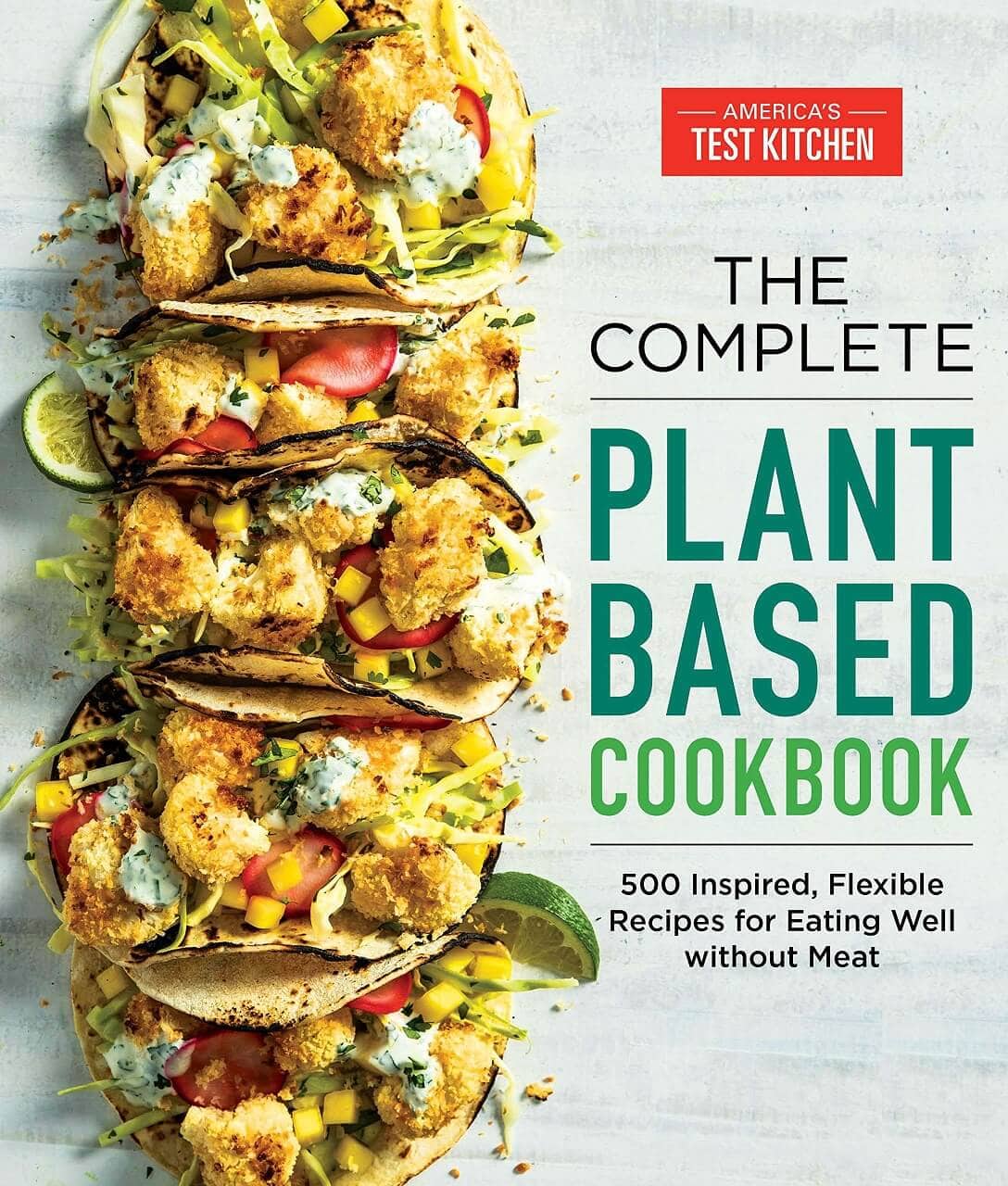


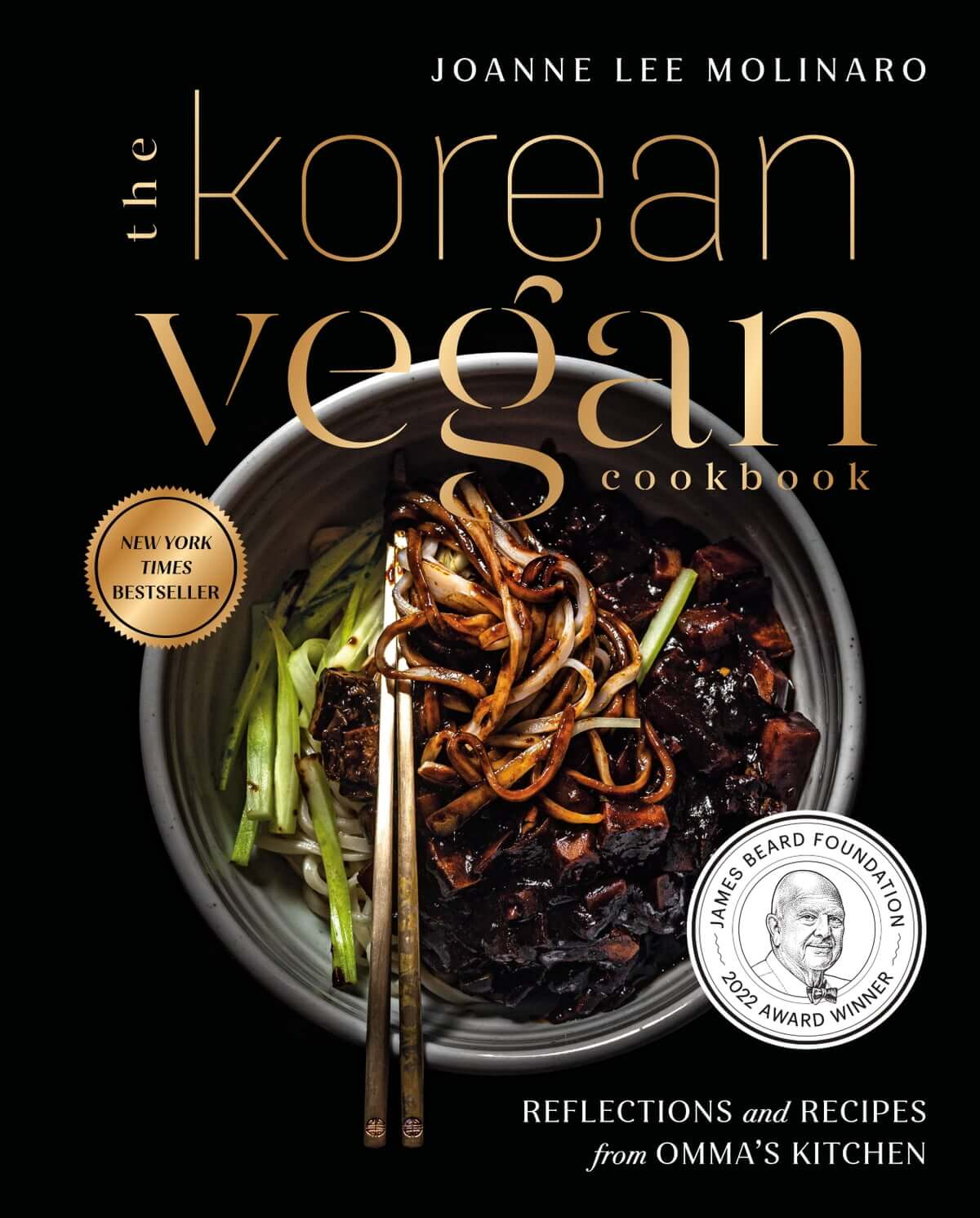
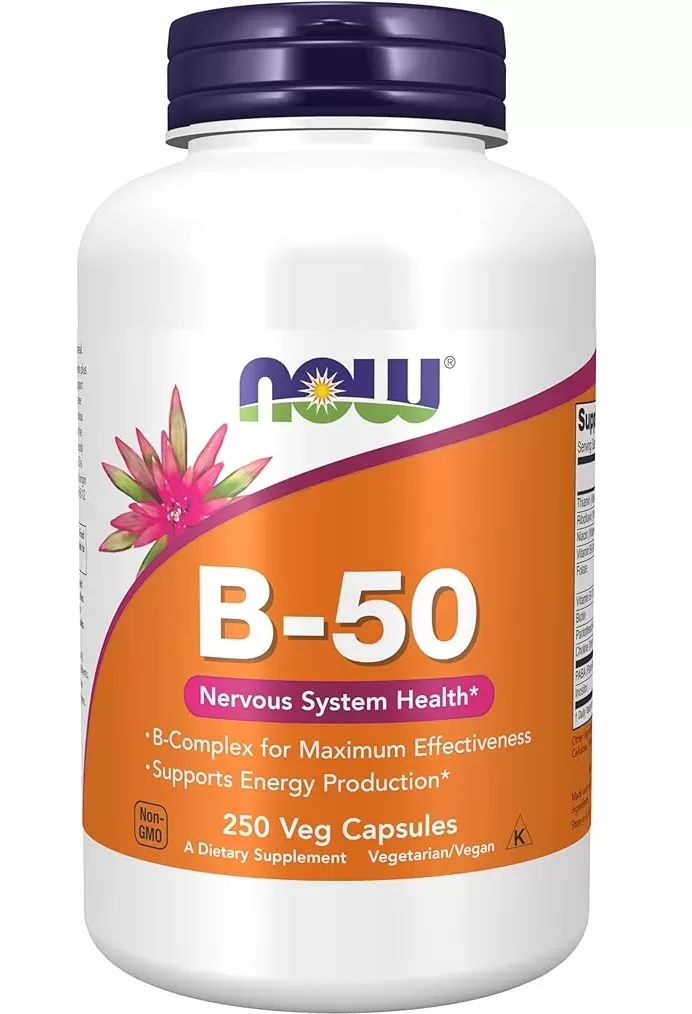
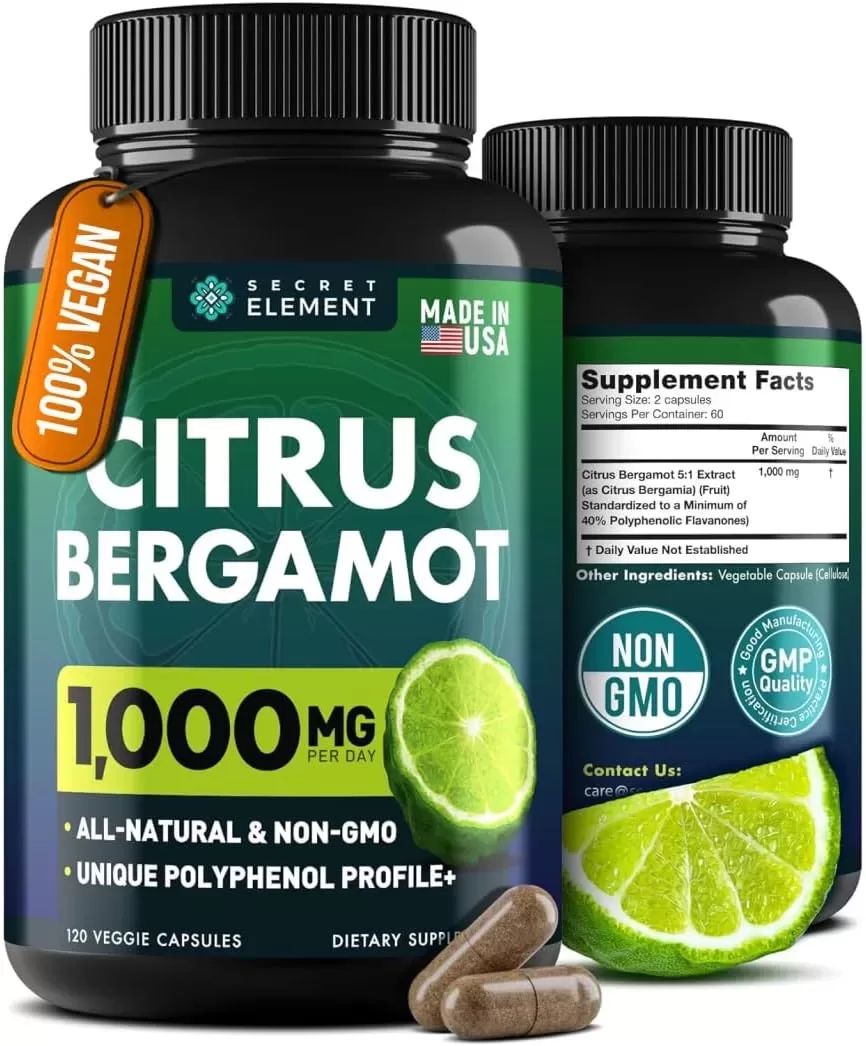
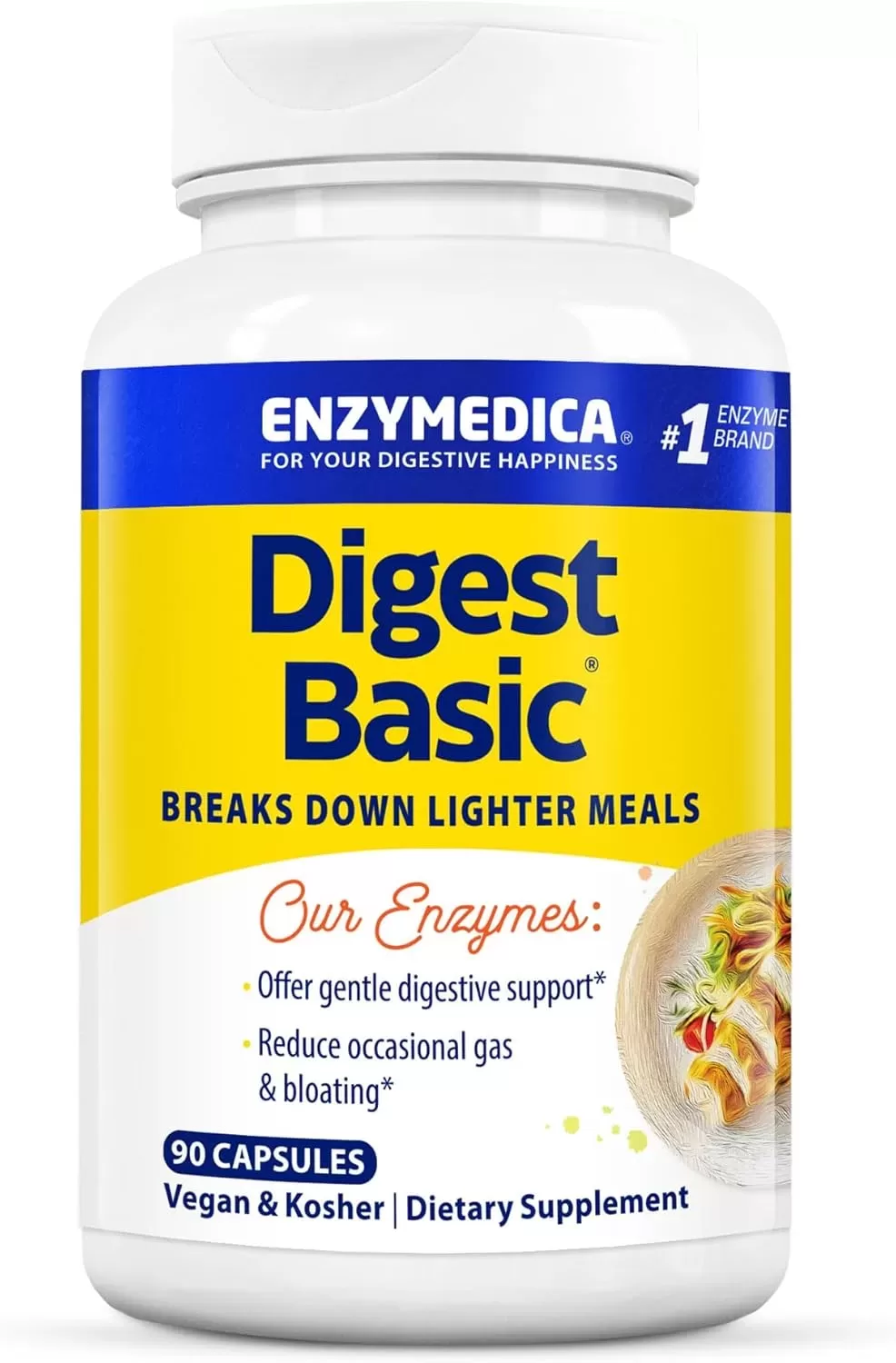
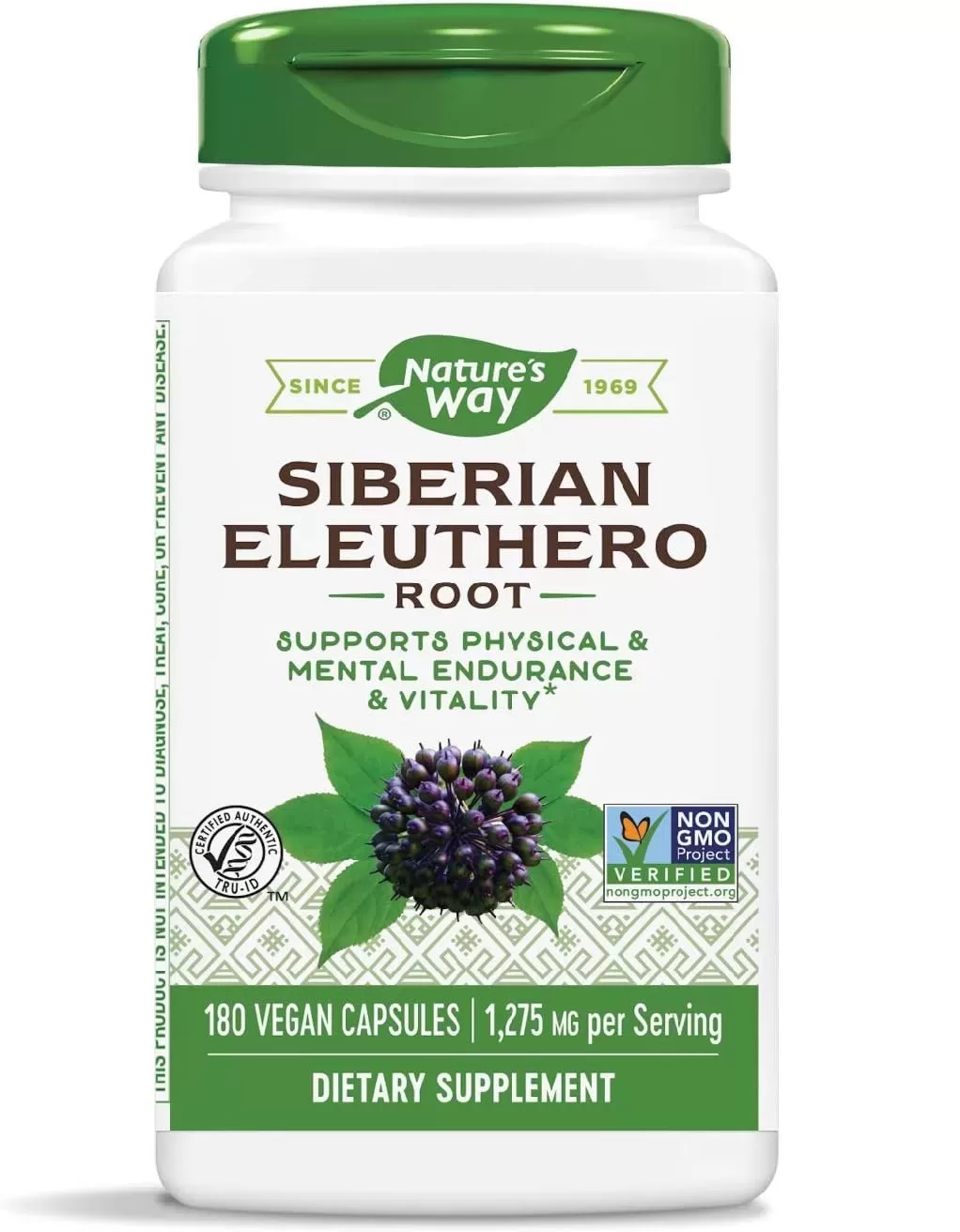


Comments are closed.